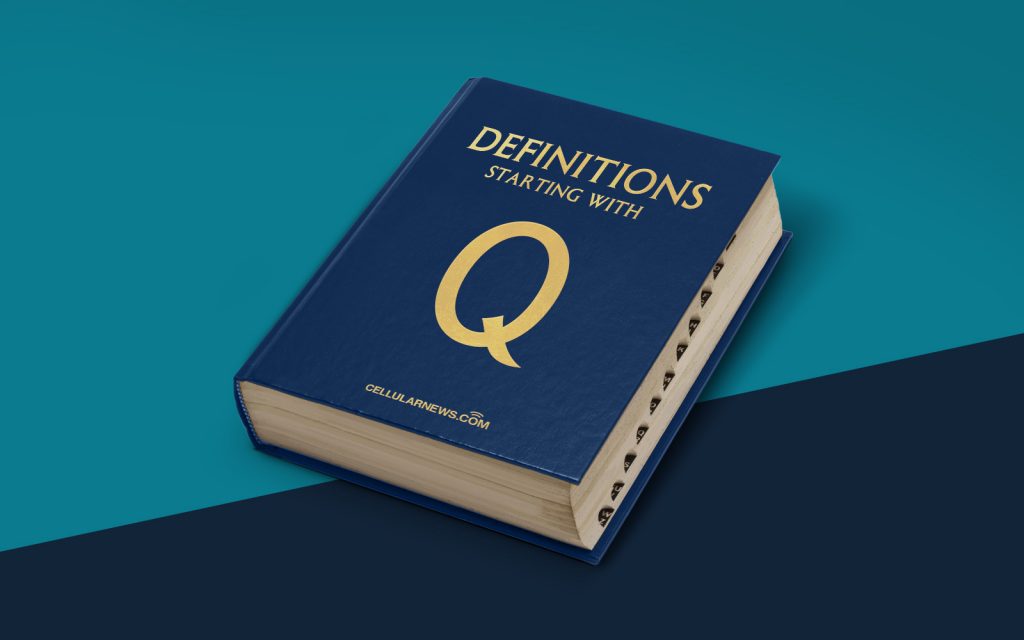
What is Quick Response Code (QR Code)? A Comprehensive Definition
Welcome to the “DEFINITIONS” category of our blog, where we delve into various terminologies and concepts related to technology. In this blog post, we will explore the world of Quick Response Code, commonly known as QR Code, and provide you with a comprehensive definition of this fascinating technology. So, let’s dive in and discover what QR Codes are all about!
Key Takeaways:
- A QR Code is a two-dimensional barcode that enables the encoding and decoding of data using a smartphone or QR Code scanner.
- These codes have gained popularity due to their versatility, allowing them to store a wide variety of information, such as website URLs, contact details, and product information.
In today’s digital age, QR Codes have become ubiquitous, appearing on product packaging, billboards, business cards, and even restaurant menus. You might have noticed black and white square patterns lined with smaller squares, but what exactly are these peculiar codes?
At its core, a Quick Response Code is a unique type of barcode that can store information in a two-dimensional format. Unlike traditional barcodes that scan horizontally, QR Codes can be scanned both vertically and horizontally, giving them the ability to store significantly more information. These codes consist of black squares arranged on a white background.
QR Codes are designed to be scanned and read using smartphones or dedicated QR Code readers. By pointing your smartphone’s camera at a QR Code, you can quickly extract the encoded information and perform various actions without the need for manual data entry. This convenient and efficient process has made QR Codes a powerful tool for businesses, marketers, and consumers alike.
The uses of QR Codes are endless. Here are a few examples:
- Website URLs: QR Codes can store web addresses, which allows users to quickly visit a website without the need to manually type the URL. Restaurants, event organizers, and businesses often use QR Codes to direct users to their respective websites.
- Contact Details: QR Codes can include vCard information, enabling users to add contact details directly to their address book with just a scan. This is especially useful for sharing business cards efficiently.
- Product Information: QR Codes on product packaging can provide customers with detailed information like ingredients, nutritional values, and manufacturing processes.
- Promotional Campaigns: Companies leverage QR Codes in their marketing campaigns to provide discounts, special offers, or exclusive content to customers.
In conclusion, Quick Response Codes revolutionize how data is encoded and extracted, providing a seamless way to access information using smartphones or dedicated scanners. Their versatility and widespread use make them an invaluable tool in today’s digital world.
So next time you come across a QR Code, scan it, and unlock a world of possibilities!
